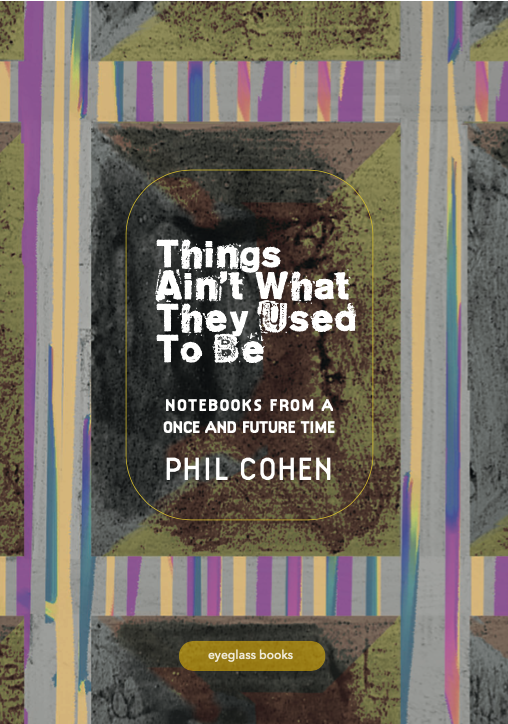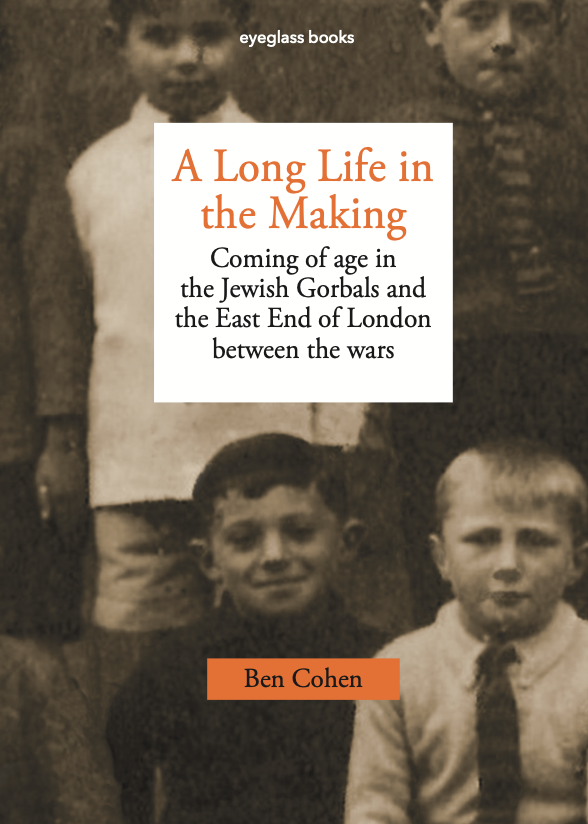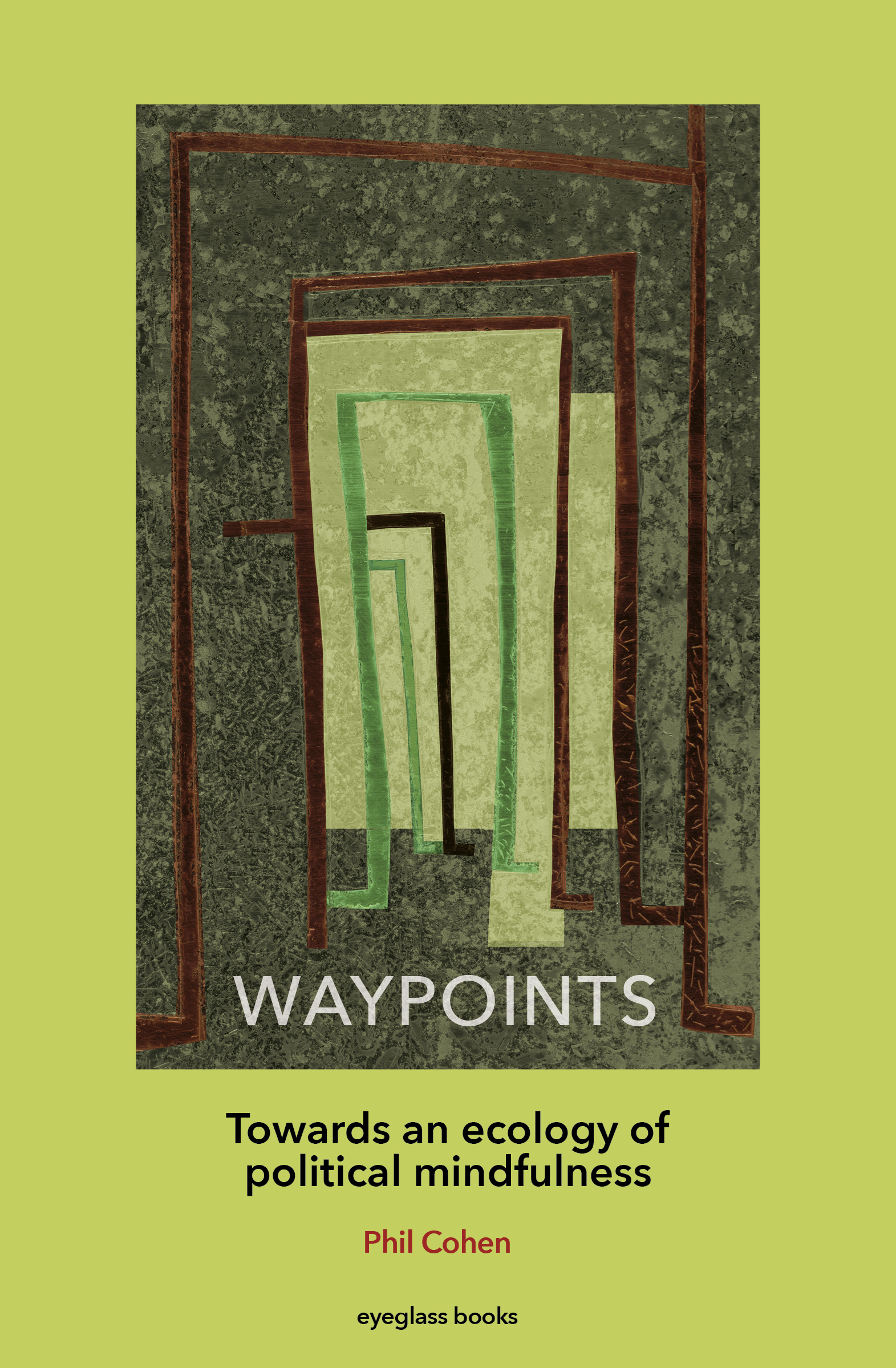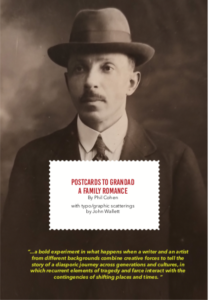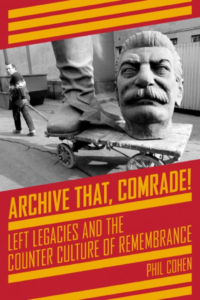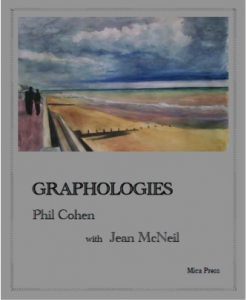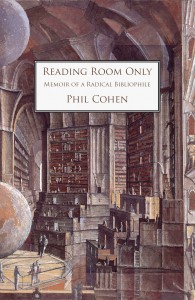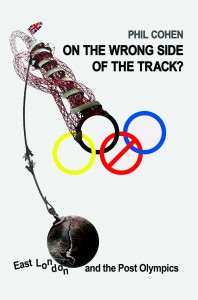Today we are all too familiar with the two cultures of cartography, belonging to the worlds of science and art . Digital mapping technologies produce ever more precise and dramatic visualisations of big quantitative data sets generated by the procedural methodologies of natural and social science. The map’s power to abstract and totalise has never been greater, or more accessible. At the same time writers and artists increasingly create narrative and graphic maps to portray or illustrate the armature of their fictional worlds, to make story plots more palpable, locate action more concretely and render landscape space more fit for human habitation and meaning.
However the most interesting developments are those which explore the convergence of these perspectives – in the intersections of culture and nature , the human and non-human worlds. It is not just that the algorithms which produce cartograms of say, flows of environmental traffic associated with global heating can have an aesthetic appeal , akin to a Cy Twombly painting or that the graphite maps drawn by Emma McNally might bear an uncanny resemblance to the images of distant planets produced by satellite photography . It is rather that mapping , whatever its medium and modality, and however it renders three dimensional objects into two dimensional space, implies a flat ontology of navigation in which top/down or bottom/up models of explanation become equally problematic. Instead we are encouraged to track the variable scalings and scopings which characterise a discrete phenomenon without any pre-judgements as to its principles of foundation or causality; only when we have accomplished that journey are we properly able to provisionally apportion its place in the wider scheme of things. The role of the map is both to register that itinerary of exploration and make its accomplishment possible. And here contemporary art and science at their best converge in their approach .
These reflections were sparked by re-reading a much anthologised short story by Barry Lopez, entitled ‘The Mappist’. Barry Lopez is the great poet of political ecology. Moving seamlessly between fact and fiction, natural and cultural history, archaeology, ethnography and environmental science , his work over the past forty years has charted the impact of what we now call the anthropocene on the landscapes and ways of life of communities in some of the most remote regions on earth. His great early work Arctic Dreams; Imagination and dream in a Northern Landscape (1986) has this year been capped by a second masterpiece: Horizon. Here he takes a leaf out of Walter Benjamin’s A Berlin Childhood, to represent his unfolding life story cartographically, as a journey between places: from Cape Foulweather on the Oregon coast to the Queen Maud Mountains of Antarctica, via Ellesmere Island in the Canadian Arctic, the Turkana Uplands of East Africa and Port Arthur in Tasmania. Above all Lopez has found in the antipodes, the arctic and antarctic, these inhospitable regions where the full drama of global heating is now being played out, a local habitation and a home for his political and ontological concerns. Where others only see a desolate wilderness , he enlists indigenous cartographies of the tundra to supplement his own acute observations and map out the micro-territories of environmental change. As Robert MacFarlane notes in his Guardian review – for Lopez ‘place becomes the means of fathoming time….. The life journey told here is one from “longing to go” to “having gone”; it may also theologically be characterised as one from hope to doubt’.
The Mappist is a relatively early work of fiction , but in it Lopez spells out clearly enough his mission and the challenge his work throws out to those who regard the planet as their playground, or as a site of resource exploitation in the pursuit of profit. The story has a somewhat Borgesian flavour, in that it unfolds as a puzzle about the identity of the author of a book about Bogota which the narrator discovers in a second hand bookshop and is captivated :
‘He had such a command of the idiom of this city, and the book itself demonstrated such complex linkages, it was easy to believe Peña had no other subject, that he could have written nothing else. I believed this was so until I read The City of Floating Sand a year later, a book about Cape Town, and then a book about Djakarta, called The City of Frangipani. Though the former was by one Frans Haartman and the latter by a Jemboa Tran, each had the distinctive organic layering of the Peña book, and I’d felt certain they’d been written by the same man..
The narrator, a PhD student, is so captivated by his discovery that he makes it the focus of his thesis and set outs.to track down and interview the mysterious ‘Onesima Pena’ . He is inspired to embark on a cartographic project :
‘ I wanted to show in a series of city maps, based on all the detail in Peña’s descriptions, what a brilliant exegesis of the social dynamics of these cities he had achieved. My maps showed, for example, how water moved through Djakarta, not just municipal water but also trucked water and, street by street, the flow of rainwater. And how road building in Cape Town reflected the policy of apartheid’.
He follows a trail of clues which eventually leads him to Tokyo where he goes into a local bookstore and makes another discovery:
‘I was exiting the store on the ground floor, a level given over entirely to maps, closing my coat against the spring night, when I happened to spot a tier of drawers. I opened one of them to browse. Toward the bottom of a second drawer, I came upon a set of maps that seemed vaguely familiar. After a few minutes of leafing through, it dawned on me that they bore a resemblance to the maps I had done as a student. I was considering buying one of them as a memento when I caught a name in English in the corner—Corlis Benefideo. It appeared there on every map. I stared at that name a long while, and I began to consider what you also may be thinking. I bought all thirteen maps. Even without language to identify information in the keys, even without titles, I could decipher what the mapmaker was up to. One map designated areas prone to flooding as water from the Sumida River backed up through the city’s storm drains. Another showed the location of all the shops dealing in Edo Period manuscripts and artwork. Another, using small pink arrows, showed the point of view of each of Hiroshige’s famous One Hundred Views. Yet another showed, in six time-sequenced panels, the rise and decline of horse barns in the city’.
He returns to the USA and eventually succeeds in reconstructing the mapmakers career. It turns out he worked for many years for the American equivalent of the Ordinance Survey but fell out with the organisation. An ex-colleague explains:
“What you had to understand about Corlis was that he was a patriot. Now, that word today, I don’t know, means maybe nothing, but Corlis felt this very strong commitment to his country, and to a certain kind of mapmaking, and he and the Survey just ended up on a collision course. The way Corlis worked, you see, the way he approached things, slowed down the production of maps. That wasn’t any good from a bureaucratic point of view. He couldn’t give up being comprehensive, you understand, and they just didn’t know what to do with him. ….. he was like something out of a WPA project, like Dorothea Lange, Walker Evans and James Agee ,people that had this sense of America as a country under siege, undergoing a trial during the Depression, a society that needed its dignity back.,”
Corlis had a special project , which is described in terms not a million miles away from Lopez’ own:
‘Corlis believed that in order to effect any political or social change, you had to know exactly what you were talking about. You had to know what the country itself—the ground, the real thing, not some political abstraction—was all about. So he proposed this series of forty-eight sets of maps—this was just before Alaska and Hawaii came in—a series for each state that would show the geology and hydrology, where the water was, you know, and the botany and biology, and the history of the place from Native American times.’
Eventually our narrator succeeds in tracking down his hero to an obscure mid West town where he discovers that the old man is still pursuing his original cartographic project. To his delight he is shown some of the maps:
‘The first map was of ephemeral streams in the northeast quadrant of the state. “These streams,” he pointed out, “run only during wet periods, some but once in twenty years. Some don’t have any names.” The information was strikingly presented and beautifully drawn. The instruction you needed to get oriented—where the Red River was, where the county lines were—was just enough, so it barely impinged on the actual subject matter of the map. The balance was perfect. The next map showed fence lines, along the Missouri River in a central part of the state. “These are done at twenty-year intervals, going back to eighteen forty. Fences are like roads, they proliferate. They’re never completely removed.” The following map was a geological rendering of McIntosh County’s bedrock geology….. The next sheet was of eighteenth- and nineteenth-century foot trails in the western half of the state. “But how did you compile this information?” “Inspection and interviews. Close personal observation and talking with long term residents. It’s a hard thing, really, to erase a trail. A lot of information can be recovered if you stay at it.” When he placed the next map in front of me, the summer distribution of Swainson’s hawks, and then slid in next to it a map showing the overlapping summer distribution of its main prey species, the Richardson’s ground squirrel, the precision and revelation were too much for me. I turned to face him. “I’ve never seen anything that approaches this, this”—my gesture across the surface of the table included everything. “It’s not just the information, or the execution—I mean, the technique is flawless, the water-colouring, your choices of scale—but it’s like the books, there’s so much more.” “That’s the idea, don’t you think,?” “Of course, but nobody has the time for this kind of field work anymore.” “That’s unfortunate, because this information is what we need, you know. This shows history and how people fit the places they occupy. It’s about what gets erased and what comes to replace it. The maps reveal the foundations beneath the ephemera.”
That is precisely what Barry Lopez’ work has been about. He has indeed given us a rich multi-layered cartography of the Anthropocene , revealing a palimpsest of its determinations. Like the mappist of his story he works slowly- Horizon was 30 years in the making – but now his writing has a growing urgency. Trenchant political analysis gives a harder edge to his lyrical evocations of landscape. As the horizon of possibility ,in terms of slowing down, or halting climate change, shrinks by the day, we need to find time , now more than ever , to reveal and address the foundations of the environmental crisis, its real ground, otherwise whatever measures are mobilised against their visible symptomatic effects will indeed prove all too ephemeral .
